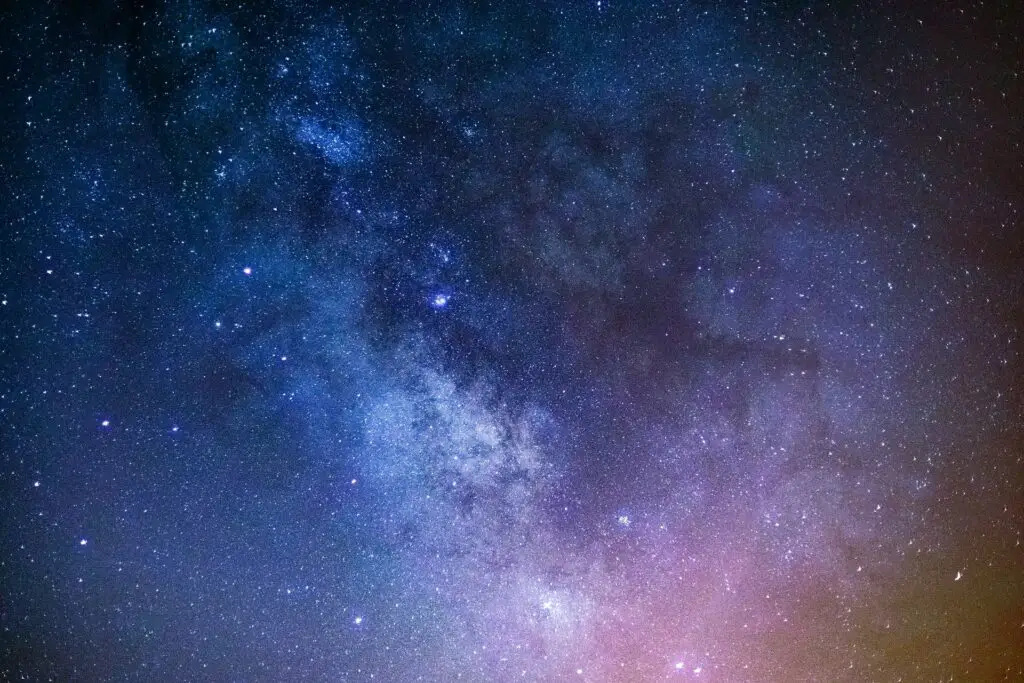A class of undergraduates at the University of Chicago made an astronomical breakthrough during the first iteration of a field course for a new astrophysics major. They discovered, using gravitational lensing, the brightest lensed galaxy ever observed in the early universe.
Their discovery was confirmed with observations from two ground-based instruments, the Magellan Telescopes in Chile and the Gemini North telescope in Hawaii.
New Research Plans Amid Pandemic
The field course was originally meant to give astrophysics majors a thorough research opportunity by offering a complete field experience, including a visit to the Magellan Telescopes at the Las Campanas Observatory in Chile.
However, because of the pandemic, they instead pushed through with surveying public imaging databases in search of lensed galaxies and formed a new research collaboration called the Chicago Optically-Selected Strong Lenses — Located At The Margins of Public Surveys (COOL-LAMPS).
‘A Milky Way of Stars’
UChicago astronomy and astrophysics professor Michael Gladders said that the galaxy they found “was almost a Milky Way’s worth of stars.”
“It’s quite mature, but at a much earlier stage in the Universe,” he explained.
Emily Sisco, an astrophysics major in her fourth year who participated in the course, described the experience of being a part of the discovery as “shocking.”
“For me, it was a shock that we had found something so important. All of the work we had been doing was leading up to that moment, but I was still shocked!” she said.
Further Studies in Gravitational Lensing
The light emitted by a lensed galaxy is bent because of the gravity of a massive object that lies between the galaxy and the point of observation. This is known as gravitational lensing and allows galaxies to be viewed at an intensely magnified brightness.
These results have encouraged a second wave of study, with plans to observe the galaxy using ground-based telescopes in New Mexico and Europe. Two of NASA’s orbiting space telescopes, the Hubble and the Chandra X-Ray Observatory, will also be used in the study.

